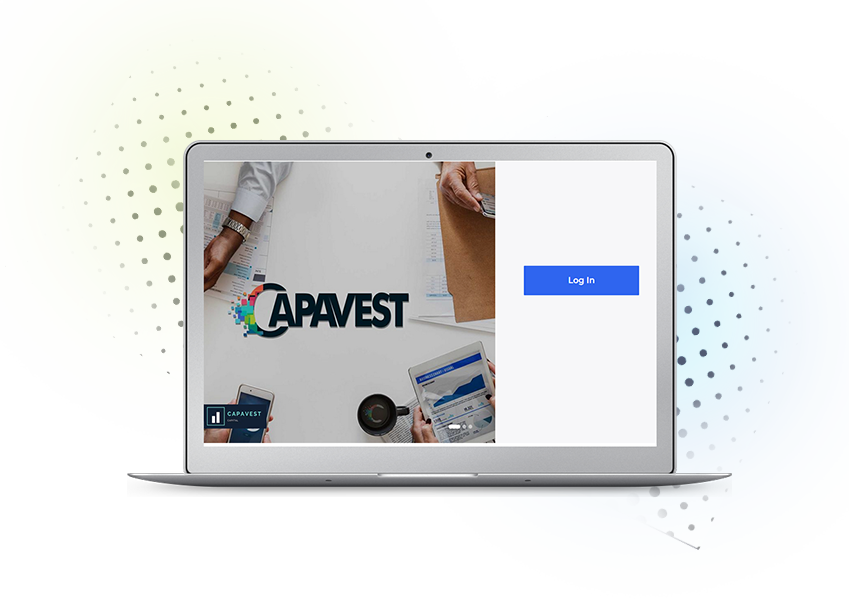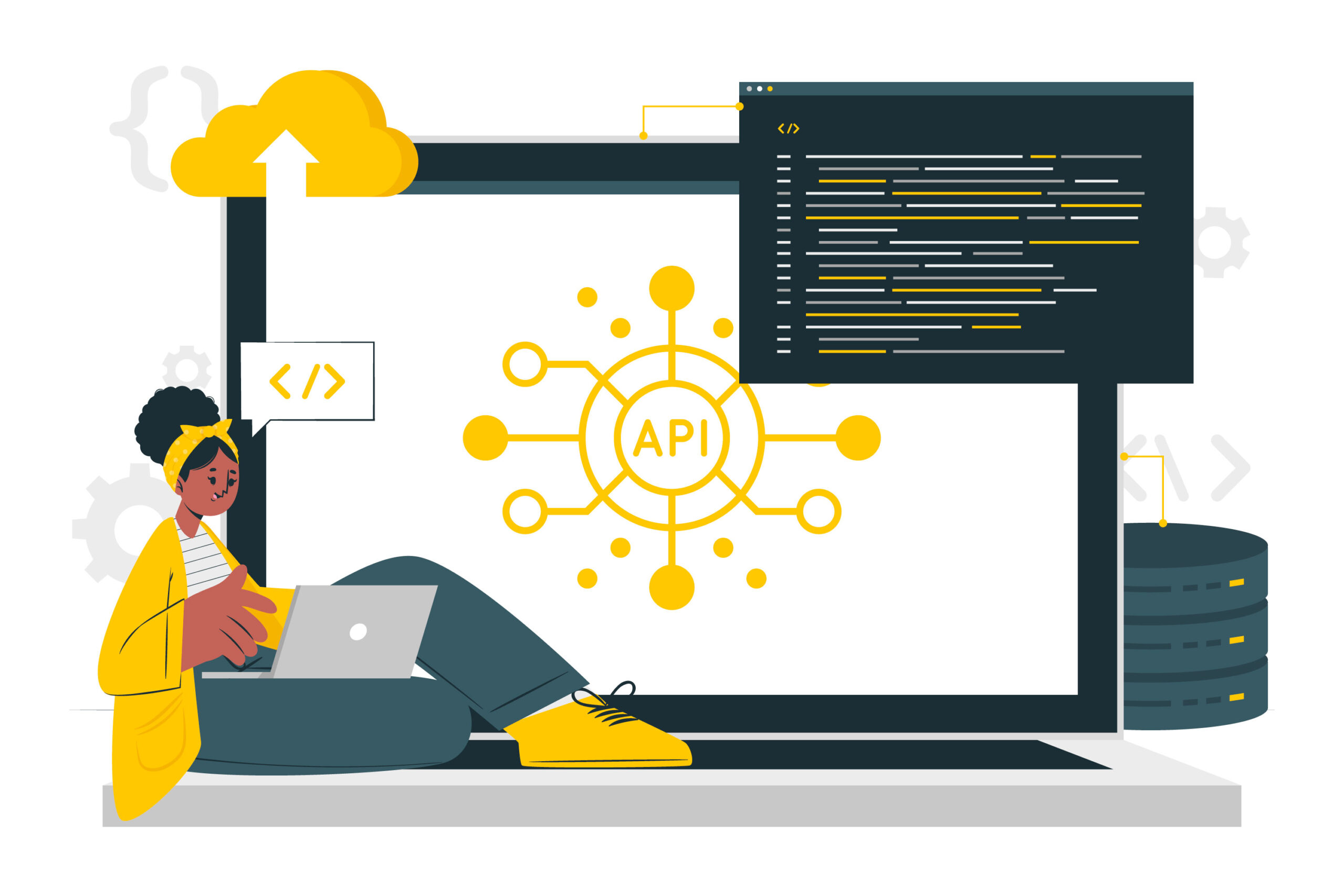Have you ever heard of the MEAN stack? It is a powerful web development technology that has been used to create some of the most successful and popular websites on the web. In this article, we'll explore what MEAN stack development is, why it's essential for your next project, and how it can benefit you. Read on to unlock the power of MEAN stack development!
Introduction to MEAN Stack Development
The MEAN stack is a popular web development stack made up of MongoDB, Express.js, AngularJS, and Node.js. It's a powerful combination of technologies that can help you build dynamic and scalable web applications.
If you're looking to get started with MEAN stack development, then this article is for you. We'll give you an overview of each technology in the stack and show you how they all work together. By the end, you'll have a good understanding of what the MEAN stack can do and how it can benefit your next project.
Benefits of Using MEAN Stack Development
MEAN stack development is a popular choice for modern web applications. The MEAN stack includes MongoDB, Express, Angular, and Node.js. This article will explore the benefits of using MEAN stack development for your next project.
MongoDB is a powerful document-oriented database that is well suited for modern web applications. It offers a flexible schema that can accommodate changes in your data model over time. MongoDB also has an extensive query language that allows you to find the data you need quickly and easily.
Express is a lightweight web application framework that runs on top of Node.js. It provides a simple way to build web applications and APIs. Express is easy to use and has a large ecosystem of plugins and libraries available.
Angular is a TypeScript-based front-end web application framework. It helps you build Single Page Applications (SPAs) with a declarative programming model. Angular also makes it easy to create reusable components that can be shared across your application.
Node.js is a JavaScript runtime built on Chrome's V8 JavaScript engine. Node.js enables you to run JavaScript on the server side, which gives you access to the full power of the JavaScript language. Node.js is fast and scalable, making it an ideal platform for building modern web applications
What Is Included in the MEAN Stack?
The MEAN stack is a web development stack that includes MongoDB, Express.js, AngularJS, and Node.js. It is a JavaScript-based platform that is used for building dynamic web applications. The MEAN stack enables developers to use JavaScript for both the front-end and back-end of their applications.
MongoDB is a powerful document-oriented database system that is used for storing data in JSON-like format. Express.js is a web application framework that helps in creating APIs and managing server routes. AngularJS is a front-end framework that helps in creating single-page applications. Node.js is a runtime environment that enables developers to create server-side applications in JavaScript.
The MEAN stack provides an end-to-end solution for web application development. It offers a powerful set of tools and frameworks that help developers build dynamic and scalable web applications quickly and easily.
How Does MEAN Stack Development Work?
MEAN stack development is a JavaScript-based web development framework that provides a single programming language and unified coding environment for both server-side and client-side development. The MEAN stack consists of MongoDB, Express.js, AngularJS, and Node.js. These four components provide a complete web development platform that can be used to build scalable, high-performance web applications.
MongoDB is a powerful document-oriented database system that is well suited for storing data in JSON format. Express.js is a lightweight web application framework that provides the basic structure for developing web applications. AngularJS is a powerful front-end JavaScript framework that makes it easy to create rich, interactive user interfaces. Node.js is a fast and efficient server-side JavaScript platform that enables developers to quickly develop scalable network applications.
The MEAN stack enables developers to use the same programming language and tools for both server-side and client-side development. This greatly simplifies the development process and makes it possible to create full-stack JavaScript applications using a single codebase. In addition, the use ofJSON as the primary data format ensures that data can be easily exchanged between the server and client sides of the application.
Tips for Getting Started with MEAN Stack Development
If you're looking to get started with MEAN stack development, there are a few things you should know. First, MEAN is an acronym for MongoDB, Express.js, AngularJS, and Node.js. Each of these technologies are open source and work well together to create powerful web applications.
One of the great things about MEAN stack development is that it uses JavaScript for both the front-end and back-end of the application. This makes it easy to develop and deploy web applications quickly. Additionally, using JavaScript across the stack allows for more consistent code and fewer issues when deploying to production.
To get started with MEAN stack development, you'll need to have a basic understanding of each technology in the stack. Once you have that down, you can start building simple web applications using the MEAN stack. From there, you can begin adding more features and complexity to your applications as you become more comfortable with the technology.
If you're looking to get started with MEAN stack development, there are a few tips you should keep in mind:
1) Be sure to have a basic understanding of each technology in the stack before getting started. You can find plenty of resources online to help with this.
2) Start small when building your first MEAN application. Don't try to do too much at once - you can always add more features later as you become more comfortable with the technology.
3) Use consistent coding conventions throughout
Common Challenges with MEAN Stack Development
One of the most common challenges that developers face when working with the MEAN stack is a lack of documentation. While there are some excellent resources available, they can be difficult to find and often don't cover all the topics that developers need to know about. Another challenge is that because the MEAN stack uses so many different technologies, it can be difficult to keep up with all the latest changes and updates. This can make it difficult to stay up-to-date with the best practices for developing MEAN-based applications.
Alternatives to MEAN Stack Development
There are many different web development stacks available to choose from depending on your project’s needs. However, the MEAN stack has become increasingly popular in recent years for its flexibility and power. But what is the MEAN stack? And why should you consider using it for your next project?
In this article, we’ll take a look at the MEAN stack and some of its key benefits. We’ll also explore some alternatives to MEAN stack development if it’s not the right fit for your project.
What is the MEAN Stack?
The MEAN stack is a collection of open-source technologies used for web development. It includes MongoDB, Express.js, AngularJS, and Node.js. These technologies work together to provide an end-to-end solution for web applications.
MongoDB is a powerful document-oriented database system. Express.js is a web application framework that provides an easy way to create APIs and web applications. AngularJS is a front-end framework that lets you create dynamic user interfaces. Node.js is a JavaScript runtime environment that allows you to run JavaScript code on the server-side.
Why Use the MEAN Stack?
There are many reasons why you might want to consider using the MEAN stack for your next project:
1) The MEAN stack uses JavaScript throughout, which means you only need to learn one programming language to use all
Conclusion
MEAN stack development is an essential tool for any web developer, as it allows them to quickly and easily create powerful and efficient applications. With the right training and guidance, developers can unlock the power of MEAN stack development in order to meet their project goals efficiently and with greater success. Taking advantage of this comprehensive technology stack can help you take your projects to a whole new level while reducing time spent on tedious tasks such as code maintenance. So what are you waiting for? Unlock the potential of MEAN Stack Development today!
















